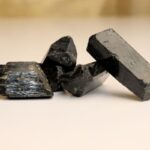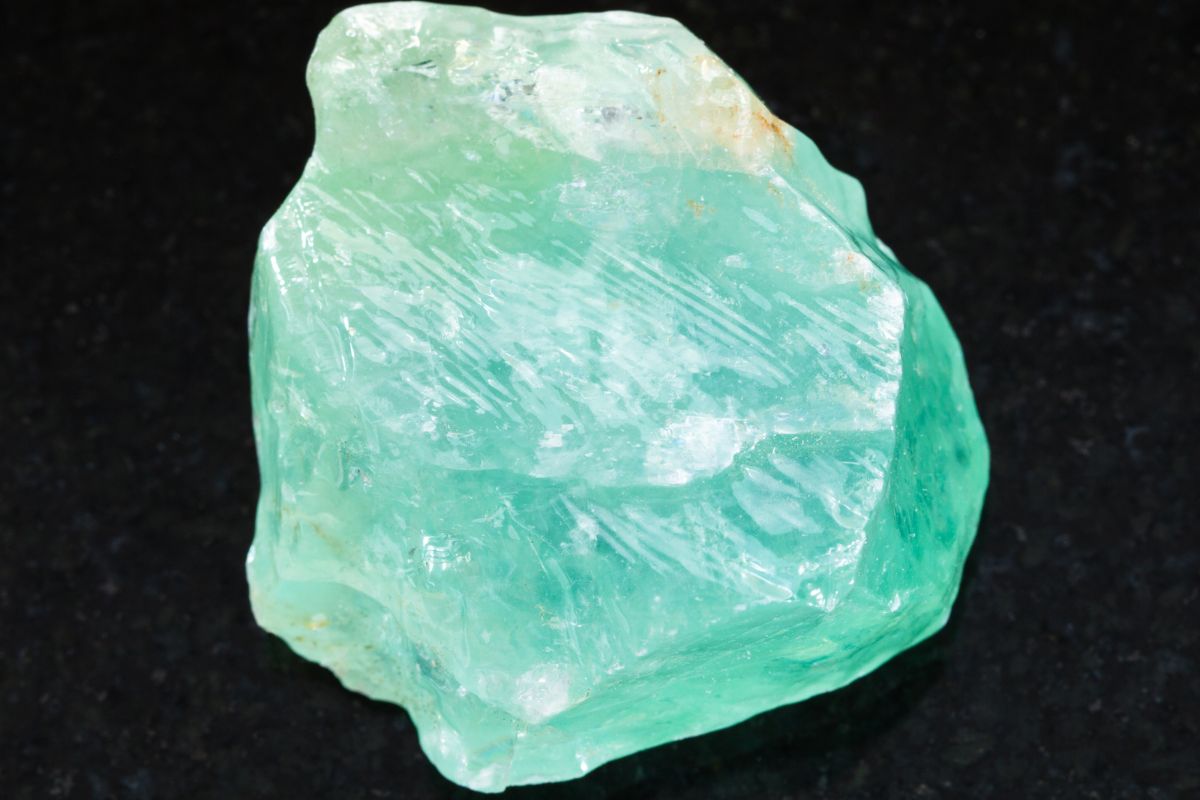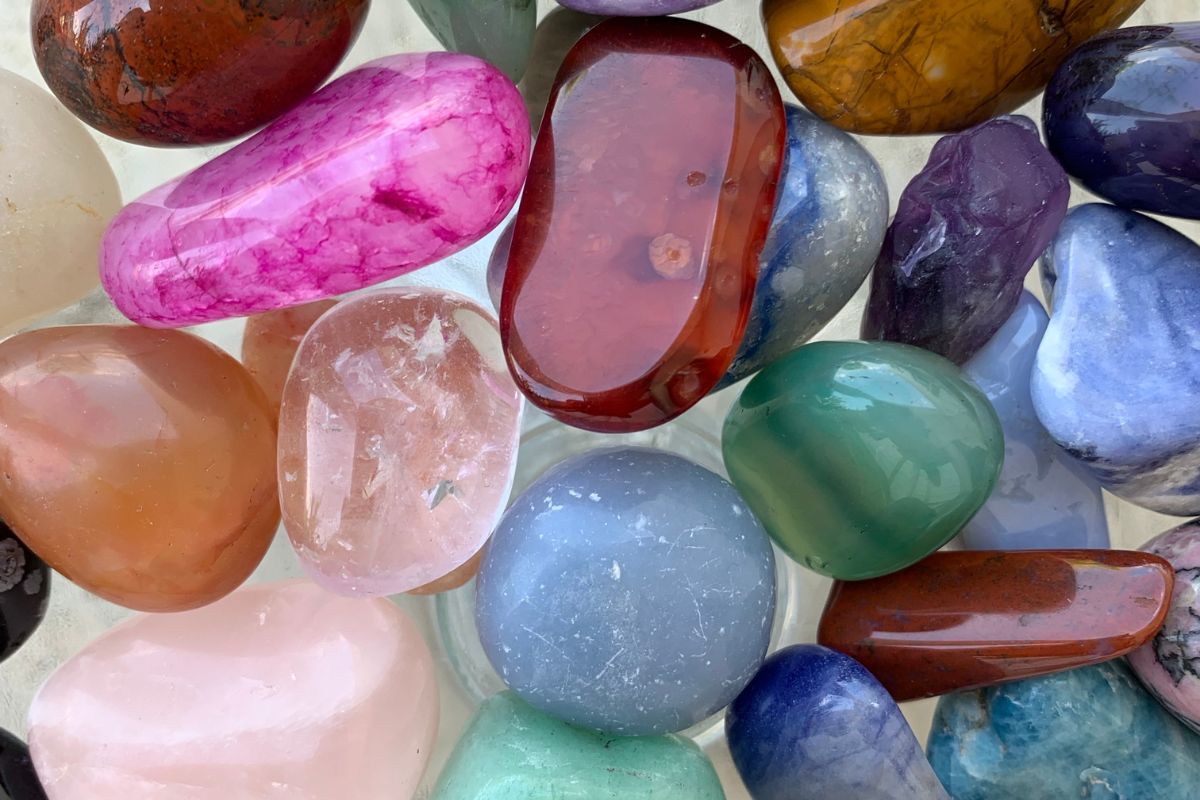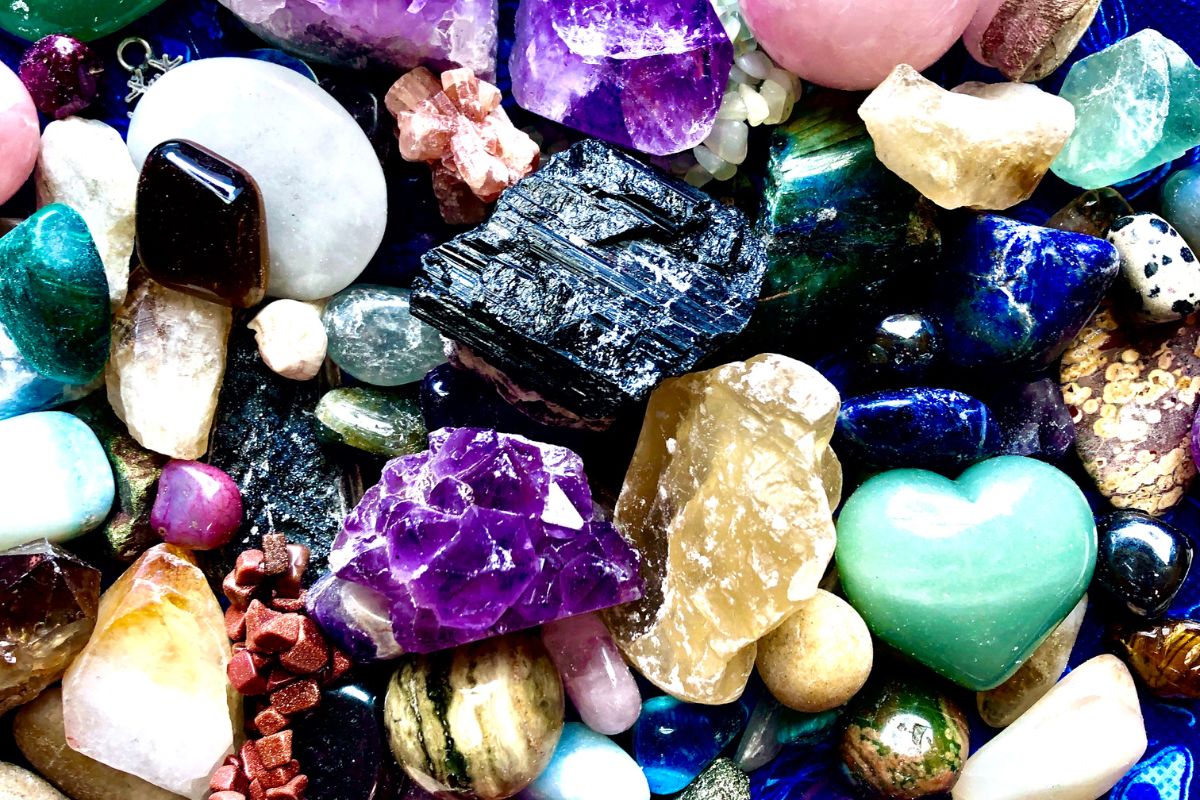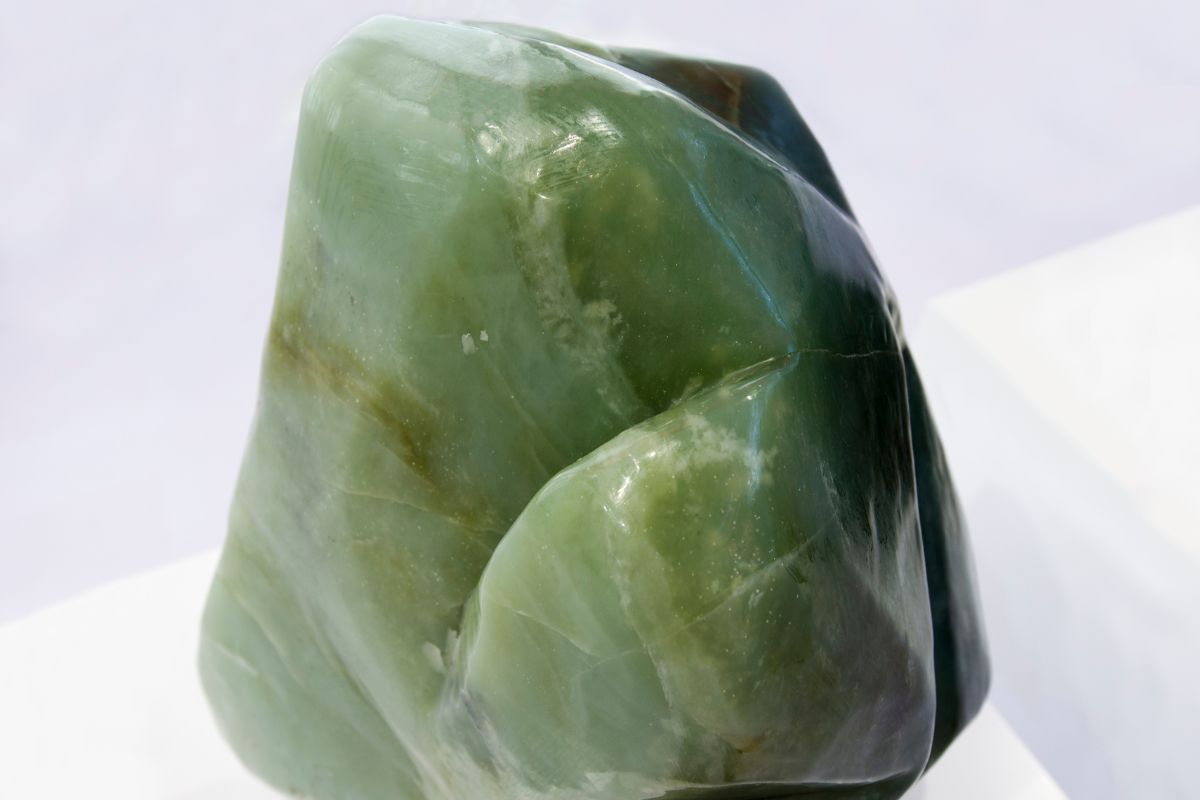Peridot, with its entrancing green hue and mystical associations, often captures the imagination of gem enthusiasts and spiritual seekers alike.
Some people have a brief that this is a crystal that glows in the dark, so let’s explore that together.
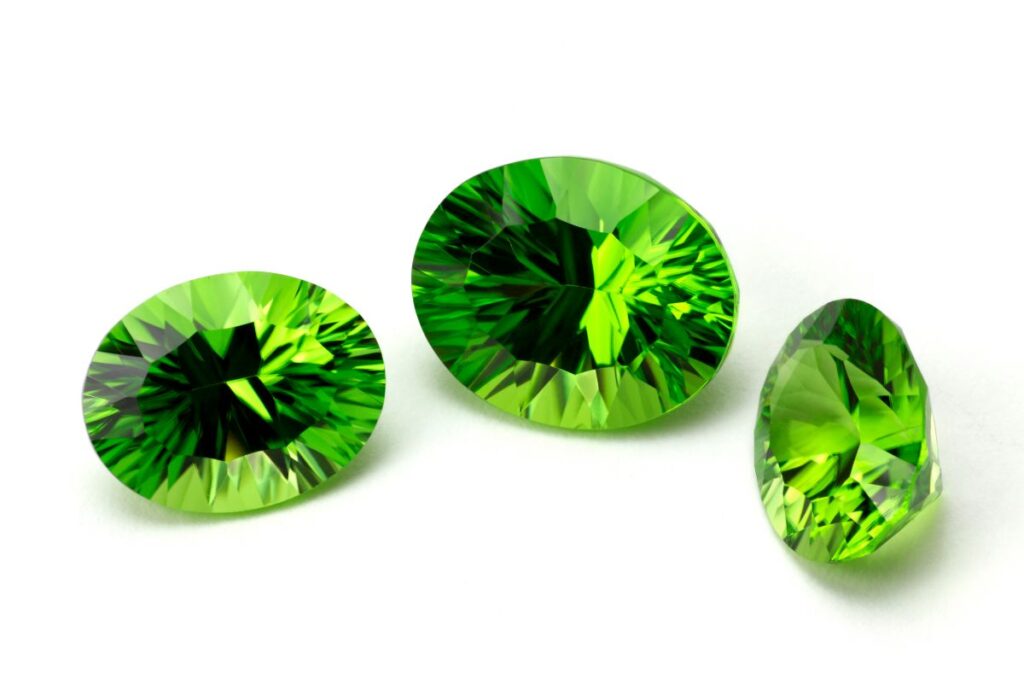
In this article, we’ll unravel the mystery behind this question, exploring the scientific aspects of gemstone luminescence, the historical contexts in which glowing peridot is mentioned, and the factors that can make peridot appear to glow under certain conditions.
But Does Peridot Glow In The Dark?
First things first, does this crystal glow in the dark?
While the short answer is no, peridot does not naturally glow in the dark, the topic is far more complex than a simple yes or no response.
The Science Of Gemstone Luminescence
To properly address the question, it’s crucial to understand the science of luminescence in gemstones.
Luminescence is the emission of light by a substance that has absorbed energy.
Gemstones that exhibit this property often contain trace elements or crystal lattice defects that interact with light in specific ways.
However, peridot is not naturally luminescent in the way some other minerals are, like diamonds that exhibit fluorescence under ultraviolet light.
The History And Lore Of Peridot
The notion that peridot glows in the dark likely stems from its historical association with light and mystical powers. In ancient times, peridot was often referred to as the “gem of the sun,” and some folklore suggests that it had the power to ward off evil spirits.
While these cultural beliefs have contributed to the gemstone’s enduring allure, they have also given rise to misconceptions about its properties.
Further reading: Does peridot fade in sunlight?
The Optical Illusion Factor
While peridot does not technically glow in the dark, certain lighting conditions can create the illusion of luminescence.
For instance, its vivid green color can appear especially radiant in twilight or low-light conditions, leading to the perception that it is glowing.
This phenomenon is primarily a function of how the human eye processes color and light rather than an inherent quality of the gemstone itself.
Similar Minerals And A Glowing Confusion
Adding to the confusion are minerals that resemble peridot but do possess luminescent properties.
For example, some forms of green calcite and fluorite can exhibit luminescence under ultraviolet light – more on this later!
Such gemstones may sometimes be mistaken for peridot, perpetuating the myth that peridot can glow in the dark.
Factors Affecting The Perceived Glow
Factors that can have an impact on the appearance of peridot glowing include:
Quality: Higher-quality peridot stones with fewer inclusions and higher transparency can reflect light more effectively, giving a semblance of a glow.
Cut: The cut of the gemstone can also impact how light interacts with it. A well-cut peridot may catch and reflect light in a way that creates a radiant appearance.
Surrounding Materials: When set in jewelry, the surrounding metals and other gemstones can influence how light interacts with peridot, sometimes creating a glowing effect when there is none.
The Role Of Treatments
Some gemstones, though not peridot, can be treated to exhibit luminescence. These treatments usually involve the application of materials that react with light.
However, such treatments are generally not applied to peridot and are not responsible for any inherent or perceived luminescence.
The Final Verdict: Does Peridot Glow In The Dark?
So, have we changed our mind, given the evidence presented, and does peridot glow in the dark?
In scientific terms, the answer is still no.
Peridot does not have the chemical composition or structural defects that produce natural luminescence.
However, the gem’s rich history and unique properties, including its intense color and the human eye’s perception of that color in different lighting conditions, contribute to its reputation as a “glowing” stone.
Which Gemstone Glows In The Dark?
While it’s not true for peridot, some minerals and gemstones exhibit natural luminescence, which means they can glow in the dark or under certain types of light.
However, it’s essential to clarify that not all gemstones glow naturally in the dark; many require exposure to ultraviolet (UV) light to exhibit luminescence.
See also: Is Peridot Valuable?
The types of luminescence are generally categorized as either fluorescence or phosphorescence.
Fluorescence: This is a type of luminescence where the mineral or gemstone absorbs ultraviolet light and then emits visible light almost instantaneously. Once the UV light source is removed, the fluorescence stops.
Phosphorescence: Unlike fluorescence, phosphorescence continues for a period after the light source is removed.
Here are some gemstones and minerals known for their luminescent properties:
1. Diamonds
Some diamonds can exhibit blue fluorescence when exposed to ultraviolet light. However, they do not glow in the dark without UV exposure.
2. Ruby
Rubies can fluoresce strongly under ultraviolet light, showing a vivid red glow. The presence of chromium ions in the crystal lattice is responsible for this phenomenon.
3. Calcite
Many varieties of calcite can fluoresce under UV light, showing colors ranging from red and pink to yellow and blue.
4. Fluorite
Fluorite can exhibit strong fluorescence under UV light, usually glowing blue but sometimes displaying other colors as well.
5. Willemite And Calcite
These minerals often occur together and are well-known for their bright green and red fluorescence under UV light.
6. Sodalite
Some sodalite specimens exhibit an orange to red fluorescence under UV light.
7. Opal
Some varieties of opal can fluoresce, typically showing a pink or white glow under UV light.
8. Alexandrite
Alexandrite can show red fluorescence under X-ray or UV radiation.
Remember, not all specimens of these minerals will exhibit luminescence; it often depends on the presence of specific trace elements or impurities in the crystal lattice.
Also, the strength and color of the luminescence can vary between individual stones.
Further reading: Does peridot fade in sunlight?
In Summary
Peridot is a gemstone enveloped in mystery and allure, in part due to its vibrant color and historical significance.
While it does not naturally glow in the dark, various factors, including its quality, cut, and surrounding materials, can create an illusion of luminescence.
Although science debunks the myth of a glowing peridot, the stone continues to captivate us.
In unraveling the mystery of whether peridot glows in the dark, we’ve delved into scientific principles, historical contexts, and the nuances of human perception.
You may also like: How to tell if your Peridot is real?
- 15 Crystals That Cannot Be Exposed To The Sun - January 7, 2024
- Malachite Vs Fuchsite – Benefits And Uses - January 7, 2024
- Malachite Vs. Green Jasper: Benefits And Uses - January 7, 2024


